Siatica: A Symptom, Not a Diagnosis
While often mistaken for a medical diagnosis, sciatica is actually a symptom indicating an underlying condition. It's essential to understand what sciatica is, as the pain associated with the sciatic nerve usually points to another medical issue requiring treatment.
Explaining Sciatica
Definition: Sciatica describes symptoms of leg pain—sometimes accompanied by tingling, numbness, or weakness—that originate in the lower back and spread to the back of the leg.
Sciatic Nerve: The largest single nerve in the body, formed by individual nerve roots branching from the spine in the lower back.
Symptoms of Sciatica
Sciatica is typically characterized by:
Pain on one side of the buttock or leg, rarely occurring in both legs.
Worsening pain when sitting.
Burning or tingling sensations down the leg.
Weakness, numbness, or difficulty moving the leg or foot.
Sharp pain impeding standing up or walking.
Pain usually described as sharp or searing, rather than dull.
Potential foot pain or toe pain, depending on the affected area of the sciatic nerve.
Severity and Frequency
Sciatica ranges from infrequent irritation to constant, debilitating pain.
Symptoms vary in type, location, and severity, based on the causative condition (like a lumbar herniated disc).
Permanent sciatic nerve damage is rare, but the pain can be intense.
Common Causes of Sciatica
Six lower back problems are frequently responsible for sciatica:
Lumbar herniated disc
Degenerative disc disease
Isthmic spondylolisthesis
Lumbar spinal stenosis
Piriformis syndrome
Sacroiliac joint dysfunction
Other causes may include pregnancy, scar tissue, muscle strain, spinal tumor, and infection.
Treatment Considerations
Urgent Situations: In rare cases, worsening sciatica symptoms may necessitate immediate surgery, especially if they indicate potential nerve damage or bilateral sciatica with bladder or bowel dysfunction (cauda equina syndrome).
Medical Attention: Immediate care is advised for severe or progressively worsening symptoms.
Understanding the root cause of sciatica is crucial for effective treatment. Sciatica generally appears later in life, peaking in the 50s, and then declines with age. Identifying and treating the underlying condition is key to managing sciatica effectively.
Schedule Your Consultation
Start Your Path to a Pain-Free Life Today
Don’t let back pain control your life. Schedule a consultation with Montesano Spine & Sport to explore your treatment options and embark on your journey to recovery.

